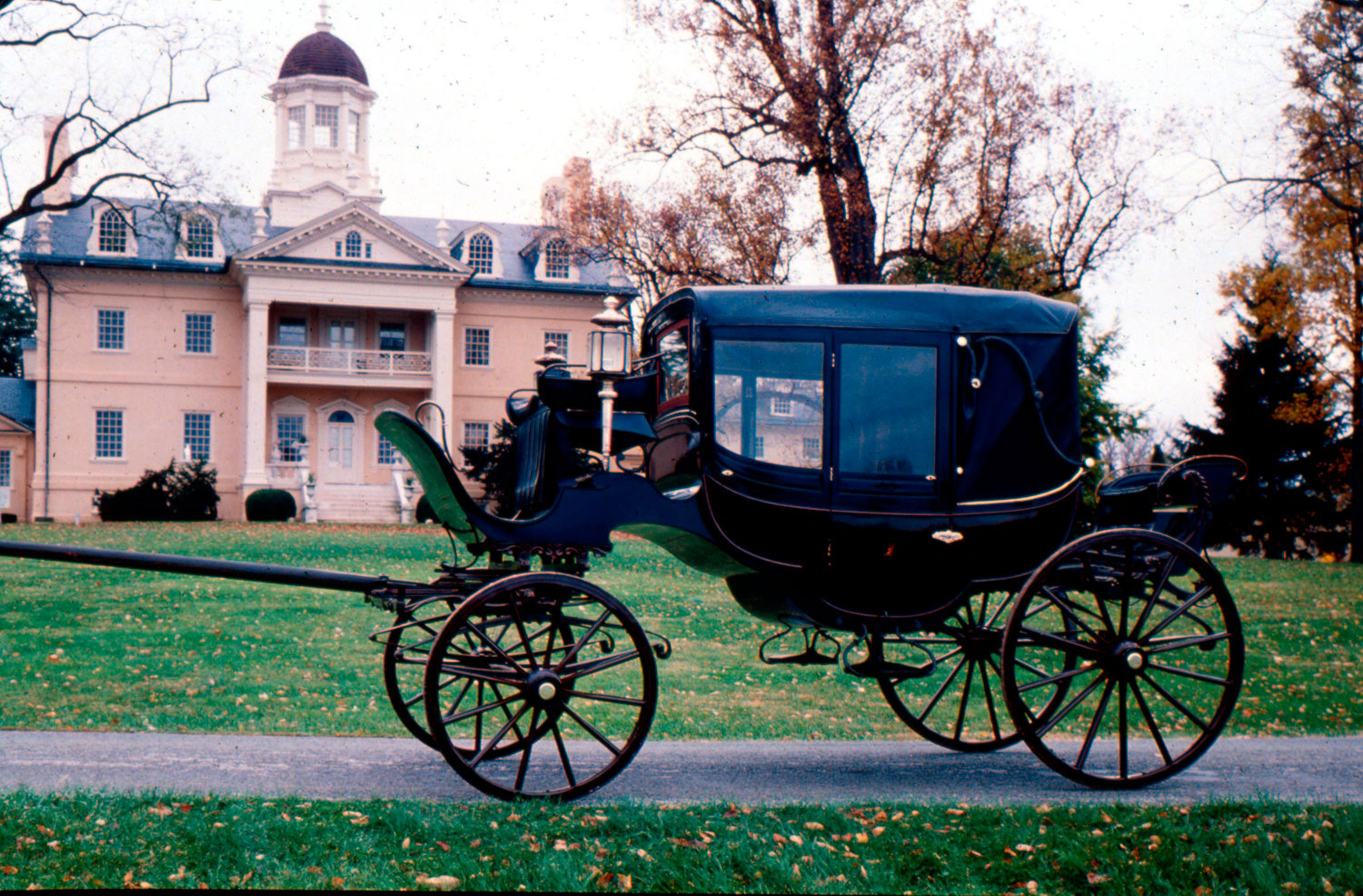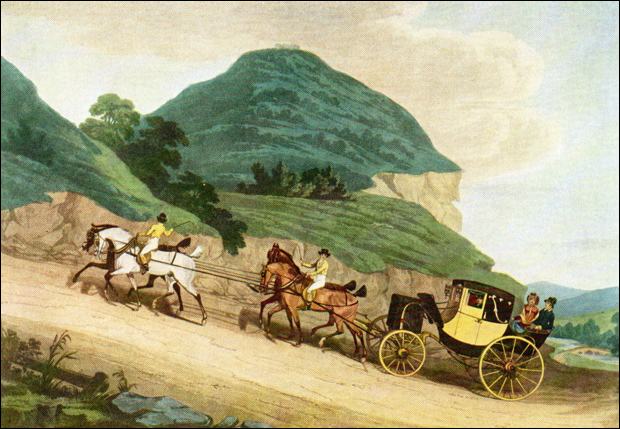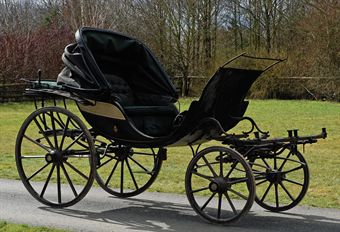The Alaska Highway was originally constructed for and used by the military during World War II which lasted from 1939 to 1945. It was opened in November of 1942. Its length reached nearly 1,525 miles. When Richard Bucksar wrote his article The Alaska Highway Development published in the journal Arctic Volume 27, Number 1 in 1974, the Alaska Highway had not been paved in its entirety despite many proposals to do so. In 1974, it remained mostly a gravel road described as “rough and uneven” (Bucksar 1974, 74). About 400 of the 1,525 miles were paved.
Since the Alaska Highway passes through Canadian territory to connect the continental United States to Alaska, both country’s governments had to be consulted regarding improvements to the Alaska Highway. The Canadian Parliament and United States Congress were presented with numerous proposals to improve the Alaska Highway including improving the road, developing railways, introducing new sea-routes, reconstructing, paving, etc. (Bucksar 1974, 74-75). Mostly all of these propositions were not passed since alternate “adequate modes of transportation were developing and that the expected traffic on the [Alaska] Highway did not warrant reconstruction and paving at that time” (Bucksar 1974, 78).
The Alaska Highway was the only land-based link between Alaska and the continental United States. Some towns, cities, and other landmarks that the Alaska Highway passes through include Dawson Creek, Fort Saint John, Fort Nelson, Muncho Lake Provincial Park, Liard River Hotsprings Provincial Park, Watson Lake, Teslin, Whitehorse, Halnes Junction, Beaver Creek, Delta Junction, North Pole, Fairbanks, and many more. A detailed current map of the Alaska Highway is displayed below.





References
The Milepost. Alaska Highway. 2016. https://www.themilepost.com/highway-info/highways/alaska-highway (accessed April 4, 2017).
Bucksar, Richard G. "The Alaska Highway Development." Arctic 27, no. 1 (1974): 74-80. http://www.jstor.org.ezproxy.bucknell.edu/stable/40508483.
 Similar in style to the modern day convertible, the
Similar in style to the modern day convertible, the  Image of a light phaeton (Two Nerdy History Girls).
Image of a light phaeton (Two Nerdy History Girls).



 . For the lawyers that "drove about" in these carriages, Austen is suggesting the connection of carriages relating lawyers to wealth and fashion.
. For the lawyers that "drove about" in these carriages, Austen is suggesting the connection of carriages relating lawyers to wealth and fashion.




 "A type of light four-wheeled open carriage, usually drawn by a pair of horses, and having one or two seats facing forward" (OED).
"A type of light four-wheeled open carriage, usually drawn by a pair of horses, and having one or two seats facing forward" (OED).
